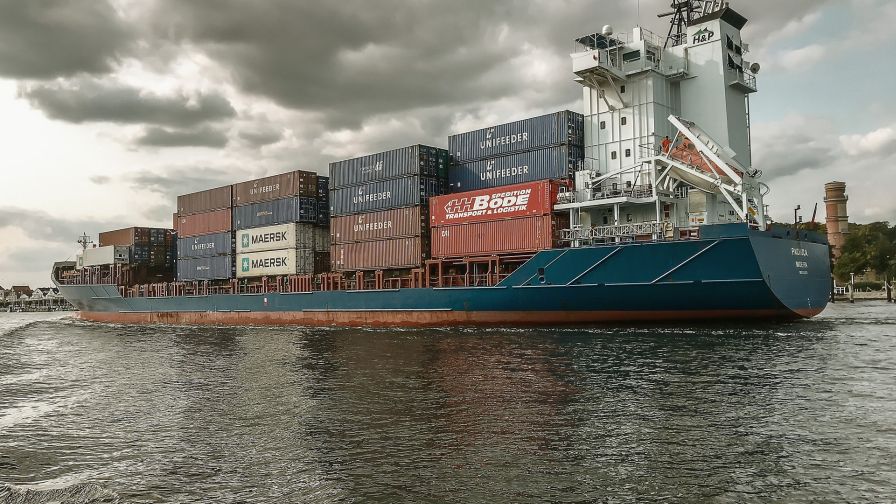Cracking the Horticulture Supply Chain Management Code

While supply chain headaches may ease in 2022, you likely will not see substantial relief until well into the calendar year. Leading global trade insurer Euler Hermes’ December 2021 Global Trade Report stated that “global supply chain disruptions are expected to remain high into the latter half of 2022” thanks to setbacks caused by renewed COVID-19 outbreaks (thank you, Omicron variant) and China’s zero-COVID policy, among other things. Chinese New Year, which officially began on February 1, could further add to the shipping commotion and delays. What does that mean for you? It’s time to get serious about strategic supply chain management.
How Did We Get to This Point?
Flashback to 2019. Ships are slow-steaming or reducing their travel speed to offset fuel costs. This resulted in increased lead times for getting supplies. Companies downsized stored inventory in favor of just-in-time manufacturing strategies geared toward increasing supply chain efficiency and reducing costs. Throw in a trucker shortage on top of everything else. Then came COVID-19 and the subsequent shutdowns, which set off a ripple effect of massive proportions across all levels of the supply chain. That initial shockwave laid bare vulnerabilities in a system already on shaky footing.
And Here We Are Today
Back in the present, freight costs have hit the roof, with some container shipping costs nearing the $25,000 mark. Fuel costs continue to climb. Driver shortages persist. Container ships sit idle in the ocean. Lead times for getting supplies have lost their predictability, and you have a better chance of winning the lottery than pinpointing the location of your freight container.
Dave Malenfant, Director — Outreach and Partnerships for the Center for Supply Chain Innovation at the Neely School of Business, says there is a saying in supply chain circles — you never shut down the supply chain. You can slow it down to a terminal crawl, but if you shut it down, it takes five to 10 times longer to start back up again. We’ve all seen that scenario play out in real time.
Even though experts predict supply chain woes will ease in 2022, the way we conduct business has changed forever. AmericanHort Chief Economist Charlie Hall states in “An Update on Supply Chain Woes and Inflationary Pressures” that as the industry acclimatizes itself to this new business environment, especially changes in transportation and logistics, “greater communication and collaboration are essential.”
Hall goes on to say that the input costs for growers increased by 8% in 2021 and are expected to increase another 5% in 2022. Despite strong plant sales for the past couple of years, the cost increases have put the squeeze on growers’ tight margins.
“Growers will need to do more financial analysis than they have in the past,” Malenfant says. “They have to match the inputs with the outputs, the receivables with the payables. It can be tricky to pay suppliers if you can’t pass through your costs quick enough.”
Malenfant goes on to say he is afraid that if growers don’t pass through their costs to the end consumer (i.e., raise their prices) we will see some leaving the market because their margins have been crushed to the breaking point.
Scrutinize Your Supply Chain End-to-End
Growers are in a tough position right now and every situation requires a different approach. However, a focus on strategic supply chain management can set companies up for a better future.
“Growers need to start thinking about their supply chain end-to-end, from greenhouse to consumer,” Malenfant says. “They need to understand how everything moves. Find out what is broken. Fix it, and then move on to resolving the next bottleneck.”
Part of strategic supply chain management is understanding demand, something that comes with its own difficulties, to match it to supply. This could mean growers need to reexamine their demand planning tools to achieve better accuracy and efficiency. Predictive analytics and artificial intelligence will play larger roles in the future for demand planning as growers make these adjustments.
“Driver shortages, the e-commerce boom, and the pandemic are going to push for more changes in the next few years than has been seen in logistics in 40 to 50 years,” says John Stallmer, President of The Picas Group. “I see data analytics being a key piece in how this area moves forward. There is so much information to access, and with the tools that are available to consume that data, it will continue to provide tools for better decision making by both humans and software.”
Growers don’t have the luxury to oversupply anymore, according to Malenfant, who says the time has come for better synchronization in their supply chains using whatever tools are available to them.
Like other crises, this too shall pass. But while they wait, growers would do well to ensure their supply chain is managed more thoughtfully at operational, tactical, and strategic levels to not only maximize their profitability, but also to better serve their customers.









